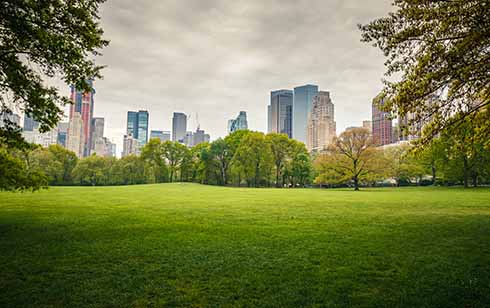 The UN has designated 31 October as World Cities Day. The Day is expected to promote the international community’s interest in global urbanisation and contribute to sustainable urban development around the world.
The UN has designated 31 October as World Cities Day. The Day is expected to promote the international community’s interest in global urbanisation and contribute to sustainable urban development around the world.
Cities have always been controversial. Some people have seen them as the great centres of culture and human development. For others, cities have been evil places that lure people away from the real human world of the country.
One stark Biblical image of the city was the Tower of Babel, the symbol of rebellion against God. But another beautiful image of the city was that of the heavenly Jerusalem, the city that would come down to gather people at the end of time. Later in England London was for some people the only place to be. For others it was a boil on the face of the earth.
St Augustine drew on both those images when he contrasted two human attitudes to God – the City of God in which people put God first, and the human city in which human desires and passions dominate people’s lives. His images suggest that cities, as with other human creations, are what we make of them. They express in their design and daily life the relationships that compose human life: relationships over space and time between people, between groups within society, and with the natural world.
Where those relationships are right, they express themselves in a livable city conducive to human happiness. If relationships are toxic, so will be the life of the city.
Cities result of human decisions
This suggests that cities do not simply grow like topsy, uncontrollable by human beings. They are the result of human decisions that express the values of those who live in them. If they are surrounded by squalid settlements of poor people who could see no future for themselves in the country because agricultural produces were kept artificially low, these slums follow from deliberate decisions. If cities are filled with art galleries, open grassed spaces, modest, well designed and carefully made buildings, and musical venues, this shows that its representatives valued art and music and expansive human living so highly that they subsidised the costs of such gracious living.
Some cities are temples of mammon where the wealthy live in gated estates, many others on the streets and in overpriced, badly built apartments, where planning rules have built-in loopholes to accommodate the greedy, where air pollution is encouraged, and the poor go hungry, and the GDP rises like a balloon on the financial speculation of the wealthy. The air, the frustrations of transport and the simmering resentment of such cities flow from the human decisions that have gone into their making.
Value of well-designed neighbourhoods
We know the crucial importance for the vulnerable young people whom we serve of well-designed suburbs, towns and cities. They tend to have been raised in relatively few areas that are poorly resourced and disadvantaged in every respect. They cannot easily access services that might make a difference to their lives.
To build good cities requires sustained attention to all the relationships that compose them and shared determination to ensure that they contribute to the good of all their citizens. It requires that in the making of money people have in mind the good of the whole city and not simply their own gain.
It requires that the commons – public spaces and services - be protected and not exploited for private gain. It requires government attention to civic design and effective public transport, to the location of businesses, schools, hospitals and to development that will allow community groups to flourish.
Ultimately cities are about human beings, and human beings are ultimately about relationships.
These are expressed in the glory or grottiness of cities. It is up to us who live in cities to ensure that although our feet and hands can never be busy in more than one place simultaneously, our minds and hearts can embrace the whole world.
They can move beyond our street, suburb, city and nation to the universe and make the flourishing of all human beings part of our business in our homes and workplaces. Cities are places of the heart as well as of concrete.
Image: depositphotos.com